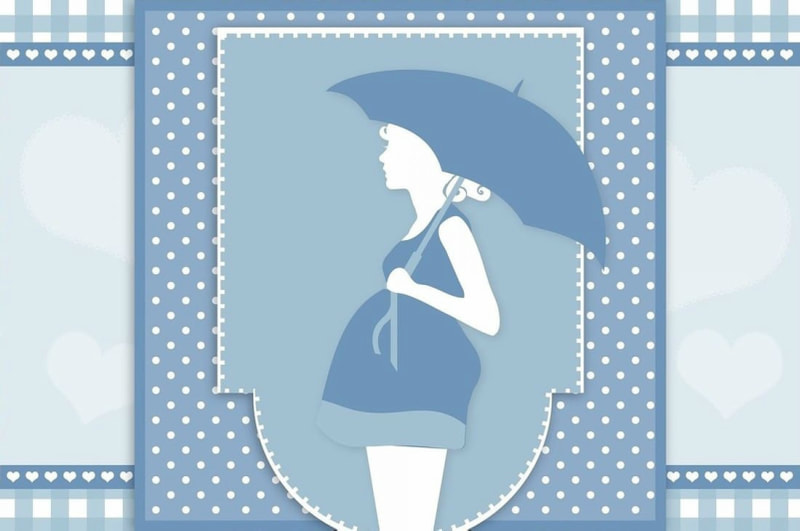Improving Patient-Centered Care in Planning End-Of-Life Treatment
The intensive care unit (ICU) is a specialized department of the hospital that cares for patients with life-threatening conditions. Treatment for the critically ill, however, is often complicated by a dilemma between reducing suffering and saving lives. Many such patients, especially the elderly, express interest in palliative or hospice care, prioritizing their quality of life over recovery. Currently, this need can be fulfilled in part by using the Physician Orders for Life-Sustaining Treatment (POLST) form, a nationally developed system for patients to communicate their goals and expectations of treatment to doctors as medical orders.
Although this initiative for patients to have more control over their healthcare seems promising, no one has ever examined if the documented choices always match the intensity of treatment actually provided; nor do we know if factors such as age, race and type of illness could lead to discordant care, defined as when treatment given disagrees with the PLOST form. It is crucial that healthcare providers find these answers in order to further improve the quality of end-of-life care in the hospital.
Although this initiative for patients to have more control over their healthcare seems promising, no one has ever examined if the documented choices always match the intensity of treatment actually provided; nor do we know if factors such as age, race and type of illness could lead to discordant care, defined as when treatment given disagrees with the PLOST form. It is crucial that healthcare providers find these answers in order to further improve the quality of end-of-life care in the hospital.
Image Source: Sozavisimost
To address those questions, a research study at two teaching hospitals of the University of Washington, School of Medicine analyzed the electronic health records of 1818 decedents between 2010 and 2017. Participants all had completed POLST forms, life-limiting chronic conditions, and were hospitalized for the last six months of life. Three options of treatment, “comfort measures” (“comfort”), “limited additional interventions” (“limited”), and “full treatment” (“full”), were available on the form. Besides admission to the ICU, life-sustaining procedures such as cardiopulmonary resuscitation (CPR) were also considered as intensive care and thus discordant for participants who did not choose “full."
The researchers found that with each of “comfort”, “limited”, and “full”, 31%, 46% and 62% were admitted to the ICU, and 14%, 20% and 43% received life-sustaining treatments, respectively. Although this suggests that the POLST form likely had a positive influence on the care provided, there was also a high incidence of discordant care of up to 38% for participants who did not choose “full”. Interestingly, the researchers did not find factors such as race and ethnicity to have an effect, as shown in previous studies. Rather, some specific illnesses as well as age were found to be associated with either higher or lower risks of discordant care, in the “comfort”, “limited” group, or both. For example, patients with traumatic injuries were more likely to receive discordant care. Meanwhile, there was a decrease in discordant care for older patients in the “limited” group, but this was not seen in the “comfort” group.
Although the discordant care in this study revealed the imperfect use of the POLST form, these statistics may not be accurate, as unexpected events during treatment may compel both doctors and patients to change their decisions. Moreover, the results of the study are not necessarily representative of the effectiveness of the POLST form in all health settings across the country, since the sample was local and selected for their specific profiles. Misclassifications of both the participants and the types of treatment could also have led to inaccurate estimations of discordance.
Nevertheless, this study has proven that there are still issues with patient-centered care that need to be solved, not only to eliminate unnecessary physical and emotional stress in patients from intensive treatments, but also to redistribute excessive spending on intensive care with other health resources. Hopefully, by continuing to implement and improve services such as the POLST form there will be progress in patient-centered care in end-of-life treatment.
The researchers found that with each of “comfort”, “limited”, and “full”, 31%, 46% and 62% were admitted to the ICU, and 14%, 20% and 43% received life-sustaining treatments, respectively. Although this suggests that the POLST form likely had a positive influence on the care provided, there was also a high incidence of discordant care of up to 38% for participants who did not choose “full”. Interestingly, the researchers did not find factors such as race and ethnicity to have an effect, as shown in previous studies. Rather, some specific illnesses as well as age were found to be associated with either higher or lower risks of discordant care, in the “comfort”, “limited” group, or both. For example, patients with traumatic injuries were more likely to receive discordant care. Meanwhile, there was a decrease in discordant care for older patients in the “limited” group, but this was not seen in the “comfort” group.
Although the discordant care in this study revealed the imperfect use of the POLST form, these statistics may not be accurate, as unexpected events during treatment may compel both doctors and patients to change their decisions. Moreover, the results of the study are not necessarily representative of the effectiveness of the POLST form in all health settings across the country, since the sample was local and selected for their specific profiles. Misclassifications of both the participants and the types of treatment could also have led to inaccurate estimations of discordance.
Nevertheless, this study has proven that there are still issues with patient-centered care that need to be solved, not only to eliminate unnecessary physical and emotional stress in patients from intensive treatments, but also to redistribute excessive spending on intensive care with other health resources. Hopefully, by continuing to implement and improve services such as the POLST form there will be progress in patient-centered care in end-of-life treatment.
Featured Image Source: Anna Shvets
RELATED ARTICLES
|
Vertical Divider
|
Vertical Divider
|
Vertical Divider
|






